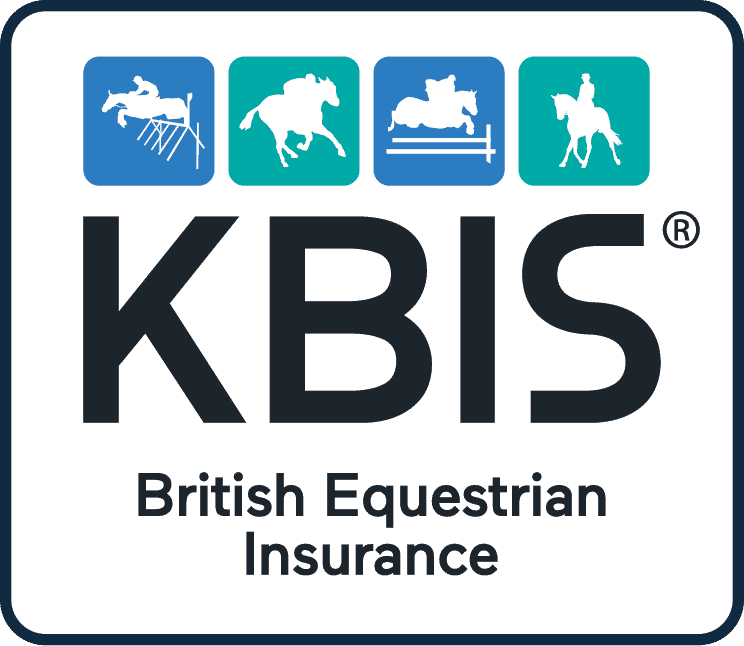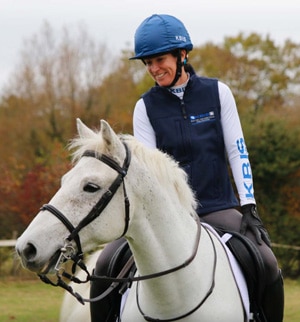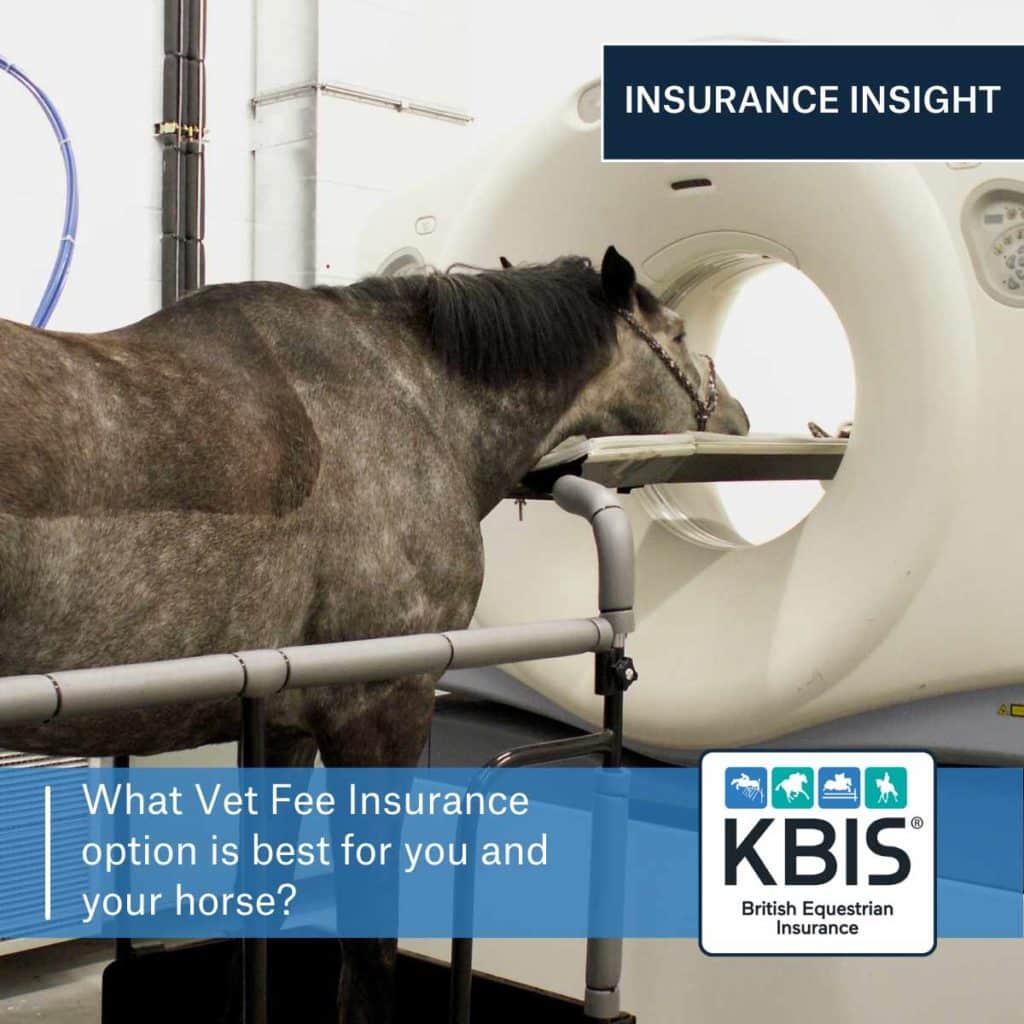With up to 10 different options to choose from when it comes to KBIS Horse insurance you can be sure to find vet fee cover that suits your needs and budget, but where do you start when it comes to selecting the level of cover which is most suited to your situation?
Below we have produced a simple guide designed to help you when choosing a suitable Vet Fee option.
Step 1 – Choose the type of cover
The ‘Type of Cover’ refers to the level of coverage provided, so whether you have full cover for accidents, sickness, and disease or more limited cover for accidents only. Your horse’s age and the activities you use him for will affect what cover options are available to you.
The lowest level of cover to consider is accidental, external injuries only also known as Open Wound Only cover. This will cover you should your horse have an accident which results in an open wound requiring veterinary attention, for example getting kicked in the field.
This is the cheapest vet fee option on the market due to the restrictions in cover. It may be a suitable consideration for those with an older horse or one in retirement, where perhaps if that horse were to go severely lame or colic and require an operation or treatment, the owner may feel that due to its age, they would not want to put it through the trauma of surgery. It could also be a sensible choice if your horse has a large number of specific exclusions, due to pre-existing conditions, because you won’t be paying for cover that you cannot access.
The next level of cover is our Catastrophe Cover (Scale B vets fees on our Leisure Policy). As above, it provides cover for accidental, external injuries but also includes the addition of three lifesaving veterinary procedures; colic surgery, joint or tendon sheath flushing as a result of sepsis and surgery for pastern and pedal bone fractures.
This level of cover comes at a fraction of the price of full vets fees so may be a viable consideration for those who currently choose not to insure due to cost or people looking to cover some of the most expensive treatments at a lower premium.
The final and most popular option is Comprehensive Veterinary Fee cover for accidents, sickness and disease. Full vets fees would cover most diagnostics and veterinary treatment provided it is not excluded (routine treatments such as vaccinations or teeth rasping are not covered). This cover can be extended further to include hospitalisation costs, which cover the livery cost of the horse staying at the vets, as well as complementary treatments, which include remedial farriery or physio, as long as they have been recommended by the vet as part of the open claim.
Step 2 – Choose your incident limit
The incident limit is the amount up to which you can claim per incident. You will find a variety of levels offered by different insurers with the most common being £3,000 or £5,000. Whether you want a higher or lower limit will depend on what you do with your horse, how likely you believe they are to get injured, and what sort of treatment you would like them to have.
In the current climate with new developments in diagnostics and treatment, it is not uncommon to see claims going above their incident limit, but of course, a higher incident limit will result in a higher premium. Therefore, you need to consider your own personal situation and if your horse required significant surgery for treatment how you would cover the costs. Due to the increasing cost of vets fees, we now offer £6,000 per incident or £3,500 on our Competition Horse Policy, while our Leisure horse policy limits remain at £5,000 and £3,000.
Both higher limits also extend to £7,500 for colic surgery claims. It is worth noting that some policies will give you a limit per incident while others will give you a limit for all incidents within the policy period.
Step 3 – Choose your excess
The final step is to consider what excess you are comfortable with. Whilst a higher excess will result in a lower premium, you will need to be prepared to cover a higher proportion of the cost of your horse’s treatment should you need to make a claim. At KBIS we offer a variety of excess options from £175 to £500. You may also want to consider a co-insurance policy. This means that along with an excess you will pay a certain percentage of each claim, we offer a 75% co-insurance option, leaving the policyholder to cover 25% of every bill after the excess of £175 has been paid upfront. Co-insurance is a useful option if you are concerned about large veterinary bills but want to keep your premium down.
To find out more, you can read about all 10 of our vets fee options and the cover they provide on our Horse insurance page. Alternatively, you can get a Horse insurance quote online or call our office on 0345 230 2323.


